Welcome, coding enthusiast! You’re already familiar with Python, but have you tapped into its powerful and essential python libraries for data science? If not, this is your chance.
Introduction
Python continues to be the go-to programming language for data science and machine learning, largely due to its simplicity, flexibility, and extensive library support. With a syntax that is easy to learn and implement, Python has become the preferred choice for both beginners and experienced professionals across various tech disciplines. The language boasts a vast ecosystem of over 137,000 libraries, many of which are specifically designed to streamline data manipulation, visualization, and advanced analytics.
In the fast-evolving world of data science, staying updated with the most essential Python libraries is crucial for success. These libraries not only facilitate the efficient handling of large datasets but also empower you to build robust machine learning models and derive actionable insights. As we step into 2024, it’s important to focus on the tools that will keep you at the forefront of this dynamic field.
The importance of Python in Data Science
As mentioned, python has become the language of choice for Data Science due to a number of factors:
– Ease of learning and syntax: Its clear and concise syntax allows data scientists to focus on solving problems rather than programming details.
– Rich library ecosystem: Python has many specialised libraries for data manipulation, analysis and visualisation.
– Large community and support: A large community of users and developers continually contributes to the improvement and expansion of Python libraries.
Getting Started: Installing Python Libraries for Data Science
Before exploring the top Python libraries for data science, it’s important to know how to install them efficiently. Python’s package manager, pip, simplifies this process. Let’s get started!
Open a Command Prompt or Terminal:
- On Windows, use the Command Prompt or PowerShell.
- On macOS or Linux, you can use the Terminal.
Use pip to install libraries:
To install a library, use the following command: pip install library_name
For example, to install NumPy:
pip install numpyVerify the Installation:
Once the installation is complete, you can check that the library has been installed correctly by importing and using a basic function in a Python script. For example, to check the installation of NumPy :
import numpy as np
print(np.__version__)Importing libraries into the editor :
After installing the libraries, you need to import them into your Python script to be able to use them. This is done using the import keyword. For example, to import NumPy :
import numpy as npBy following these simple steps, you’ll be ready to use the libraries needed for your data science projects. Now that you’re set up, let’s dive into the top 10 essential python libraries for data science in 2024.
Top 10 Essential Python Libraries for Data Science in 2024
1. NumPy

NumPy stands for Numerical Python. It is an Open Source library in the Python language. It is used for scientific programming in Python, and in particular for Data Science programming, for engineering, mathematics and science.
Data Science is based on highly complex scientific calculations. To perform these calculations, Data Scientists need powerful tools. This library is very useful for performing mathematical and statistical operations in Python. It works perfectly for multiplying matrices or multidimensional arrays.
NumPy provides tools for working with multidimensional objects called arrays. Scientists often use it as an alternative to MATLAB due to its efficiency and extensive functionality.
NumPy’s key features include :
- Multidimensional Processing: Data is manipulated as arrays to facilitate multidimensional functions and reordering operations.
- Common Use: NumPy simplifies the complex calculations required to extract information from data, thanks to its various mathematical functions.
- Compatibility and dependency: Many other python libraries depend on NumPy for their calculation operations, particularly matrix multiplication.
- Performance and efficiency: NumPy arrays are faster than Python lists due to their homogeneous structure, although Python lists offer greater flexibility for mixed data types.
- Easy to use: NumPy allows you to perform mathematical and statistical functions on arrays and multidimensional matrices with few lines of code.
- « np » alias: To use NumPy, it is common to import the library with the “np” alias to simplify its use in the code.
Code example:

2. Pandas
The Pandas open-source software library is specifically designed for manipulating and analysing data in the Python language. It is powerful, flexible and easy to use.
Thanks to Pandas, it enables Python to load, align, manipulate, and merge data. Back-end source code written in C or Python significantly enhances performance.
The name ‘Pandas’ is actually a contraction of the term ‘Panel Data’, which refers to data sets that include observations over multiple time periods. This library was created as a high-level tool for analysis in Python.
The creators of Pandas intend to evolve this library so that it becomes the most powerful and flexible open-source data analysis and manipulation tool in any programming language.
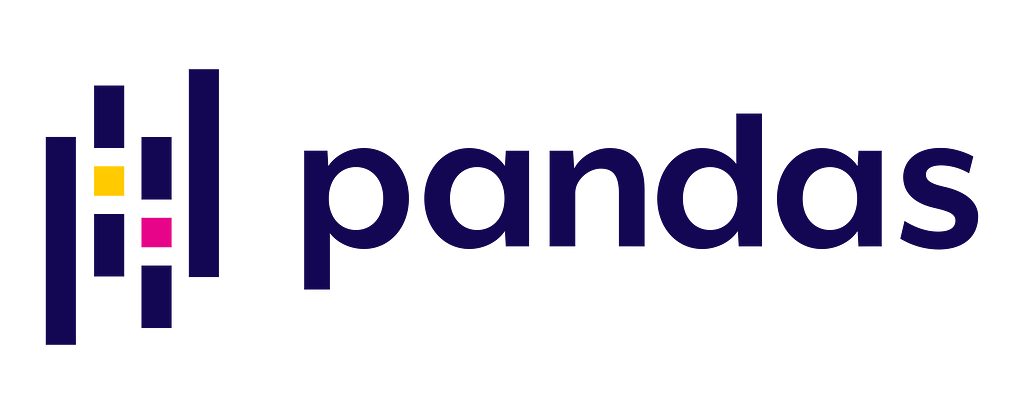
The way Pandas works is based on “DataFrames“: two-dimensional arrays of data, with each column containing the values of a variable and each row containing a set of values from each column. The data stored in a DataFrame can be numbers or characters.
Data scientists and programmers familiar with the R programming language for statistical computing use DataFrames to store data in the form of grids that are very easy to review. This is why Panda is so widely used for Machine Learning.
This tool can be used to import and export data in different formats, such as CSV or JSON. Pandas also offers Data Cleaning functions.
This library is very useful for working with statistical data, tabular data such as SQL or Excel tables, time series data and arbitrary matrix data with row and column labels.
Code example:

3. Matplotlib
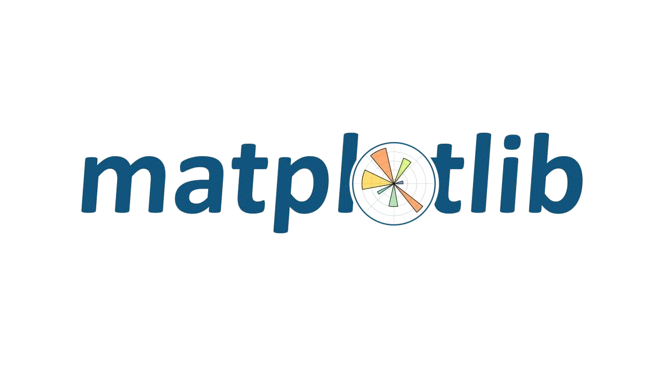
Matplotlib is an open source Python library originally developed by John Hunter in 2002 to visualise electrical signals in the brain. It aims to replicate the graphical features of MATLAB with Python.
Highlights of Matplotlib include:
- Origin and Development: Created to visualise neurobiological data.
- Features: Allows you to create various types of graphs such as plots, histograms, and bar charts with just a few lines of code. It is an open source alternative to MATLAB.
- Use and compatibility: Developers use Matplotlib in Python scripts, shells, and web application servers. Additionally, Matplotlib’s APIs allow for integration of graphics into GUI applications.
- Visualisation quality: Matplotlib generates high-quality, detailed and complete data visualisations that meet the needs of complex graphical analyses.
Code example:
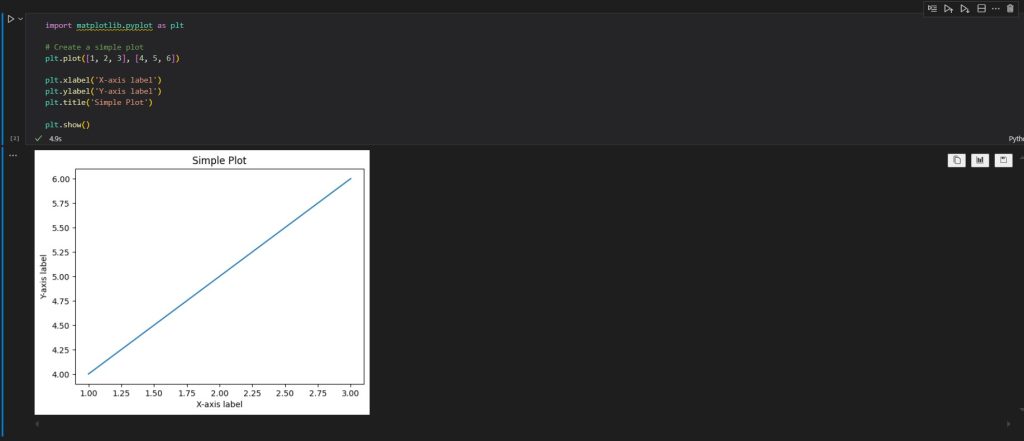
4. Seaborn

Seaborn is a data visualisation library based on Matplotlib. It provides a high-level interface for drawing attractive statistical graphs.
Seaborn’s key features include :
- Functionality and Simplicity: It offers advanced functionality and simplicity of use compared to Matplotlib, enabling data to be explored and understood quickly.
- Integration with Pandas: Seaborn integrates seamlessly with Pandas DataFrames, making it easy to manipulate and visualise data.
- Semantic Mapping and Statistical Aggregation: Internal functions allow you to capture complete data frames and convert data into graphical visualisations using semantic mapping and statistical aggregation.
- Complexity abstraction: Seaborn abstracts the complexity of Matplotlib while offering the ability to create sophisticated graphs to meet a variety of needs and requirements.
Code example:
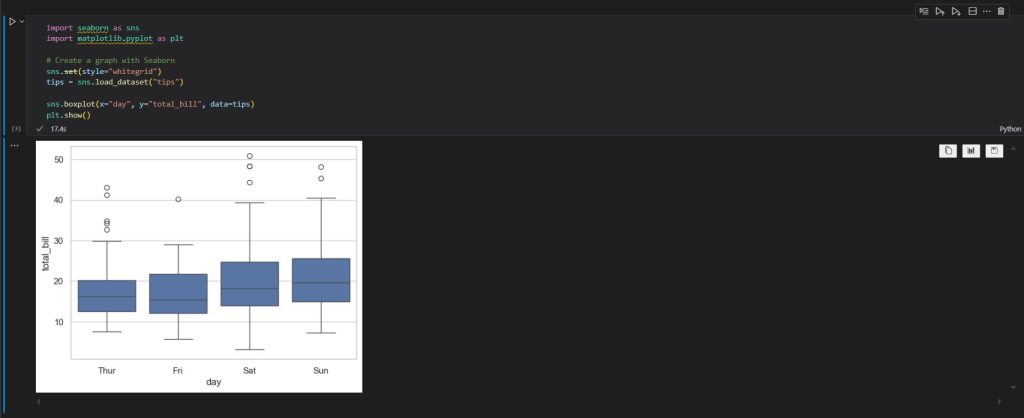
5. Scikit-learn
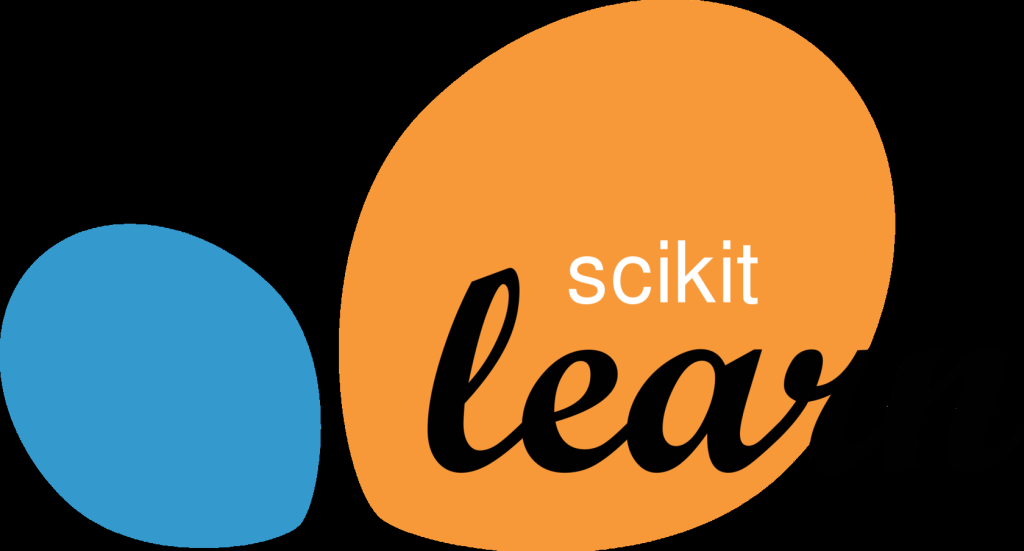
Scikit-learn is a machine learning library. It offers tools for classification, regression, clustering, model selection and data pre-processing.
1. Features:
- Offers algorithms for classification, regression, clustering, gradient boosting.
- Includes data pre-processing tools, evaluation metrics and cross-validation techniques.
- Allows you to create data processing pipelines.
2. How to use :
- Standardised API facilitating modelling with standardised methods (fit(), predict(), score()).
- Supports supervised learning (classification and regression) and unsupervised learning (clustering, dimension reduction).
3. Benefits:
- Full documentation and active community.
- Simple, user-friendly interfaces, even for beginners.
- Integration with NumPy and pandas.
- Tools for model selection and hyperparameter optimisation via Grid Search.
4. Applications:
- Used for various applications such as medical diagnostics, fraud detection and vehicle autonomy.
Code example:
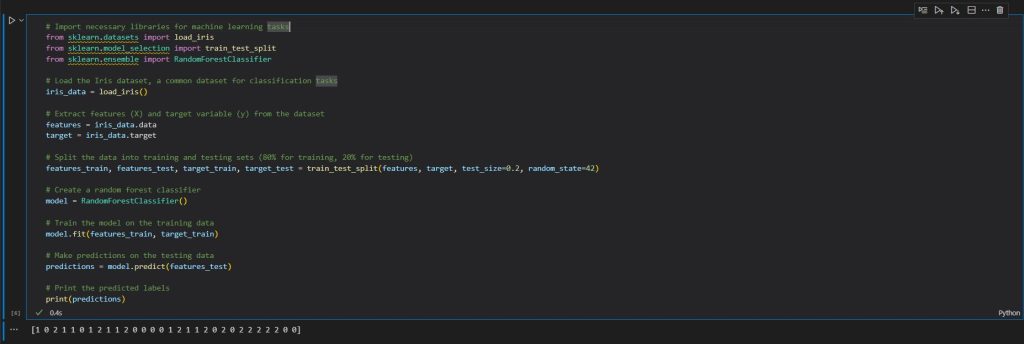
6. TensorFlow
TensorFlow is an open source machine learning and artificial intelligence library developed by the Google Brain team. It enables developers to build and train deep learning models. TensorFlow is widely used for applications ranging from image recognition to machine translation.
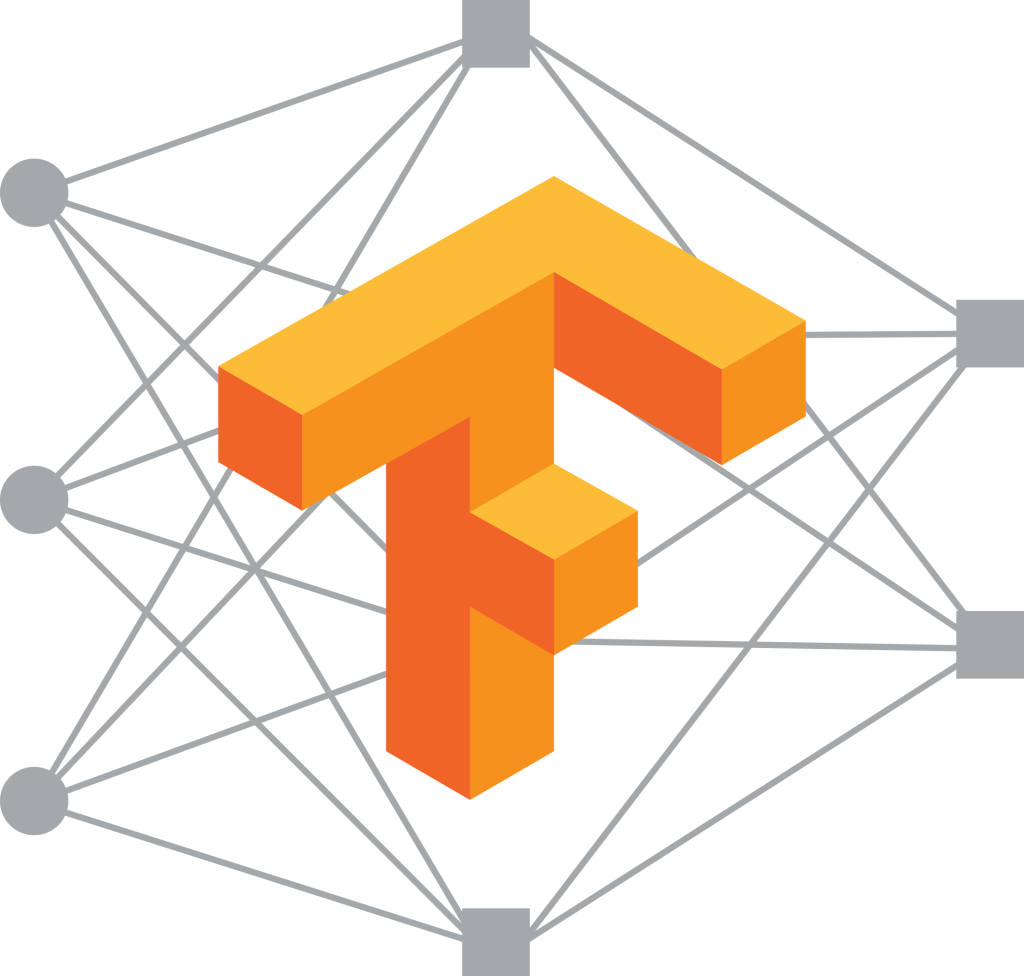
1. Features:
- Supports a variety of machine learning models, including deep neural networks.
- Provides high-level (Keras) and low-level APIs for flexible model building.
- Includes tools for visualisation (TensorBoard), data management (TFData), and model optimisation.
2. Application:
- Allows you to build supervised and unsupervised learning models.
- Used for image processing, natural language processing, speech recognition and much more.
- Makes it easy to train and deploy models in production environments.
3. Benefits:
- Large developer community and abundance of training resources.
- Optimised performance with support for distributed computing and hardware acceleration via GPUs and TPUs.
- Extensibility and flexibility to meet diverse machine learning needs.
4. Applications :
- Used in areas such as computer vision, machine translation, speech synthesis, and recommendation systems.
- Deployed in production environments at Google and other major companies.
7. Keras
Keras is a neural network API written in Python, used for developing and testing deep learning models. This open source library works on top of frameworks such as Theano and TensorFlow.
1. Features :
- Makes it easy to create layers for neural networks and to set up complex architectures.
- Designed to be modular, fast and easy to use.
- Supports fully configurable modules that can be combined to create new models.
2. Benefits:
- Intuitive and easy to use, designed for humans, not machines.
- Highly flexible, allowing new functionality to be added as separate modules.
- Adapted to research and innovation thanks to its modularity.
3. How to use it:
- Python code defines models, eliminating the need for separate configuration files.
- You can combine neural layer modules, optimizers, activation functions, and regularization schemes to create custom modules.
8. PyTorch

PyTorch is an open source machine learning library widely used for deep learning research and rapid prototype development.
1. Features :
- Tensors: PyTorch uses tensors similar to NumPy’s arrays, but with GPU compatibility to speed up calculations.
- Dynamic Computation Graphs: Unlike TensorFlow, PyTorch uses dynamic computation graphs, allowing greater flexibility when executing models.
- Autograd: Automatic differentiation system that simplifies the implementation of complex neural networks.
- TorchScript: Allows PyTorch models to be transformed into static graphs for easier optimisation and deployment.
2. Use:
- Suitable for research and rapid prototyping thanks to its flexible architecture.
- Supports a variety of applications, including computer vision, natural language processing and robotics.
- Facilitates integration with other Python libraries such as NumPy and SciPy.
3. Benefits:
- Great flexibility thanks to dynamic computational graphs.
- Comprehensive documentation and a wealth of tutorials and examples.
- Strong integration with the Python and GPU ecosystems.
- Used by many researchers and companies for advanced deep learning research.
4. Applications:
- Used in areas such as computer vision, machine translation, speech recognition, and recommender systems.
- Prized by the academic community for its ability to experiment rapidly with complex models.
9. Statsmodels
Statsmodels is a Python library for statistical data analysis and modelling, offering advanced features often absent in more traditional libraries like scikit-learn.
1. Advanced Features:
- Linear Regression: In addition to ordinary least squares (OLS), Statsmodels provides advanced methods such as generalised least squares (GLS), recursive least squares (RLS), and moving least squares (MLS). These methods are particularly useful when certain residuals are correlated.
- Statistical Tests: Offers various tests to check the assumptions of linear regression, such as:
- Non-multicollinearity of variables.
- Homoscedasticity, checked by the Breusch-Pagan test.
- Normality of residuals, checked by the Jarque-Bera test.
2. Types of Models:
- Regression Models: OLS, GLS, RLS, MLS, logistic and Poisson regressions, etc.
- Time Series Models: ARIMA, SARIMA, GARCH, etc.
- Diagnostic Tests: Heteroscedasticity, autocorrelation, tests for coefficient stability, etc.
3. Usage:
- Primarily used in the fields of econometrics, statistics, social science research, and finance.
- Provides detailed summaries of modelling results, including comprehensive results tables and model diagnostics.
4. Advantages:
- Offers comprehensive documentation and numerous examples for statistical analysis.
- Easy integration with other Python libraries such as NumPy, SciPy, and Pandas.
- Enables rigorous statistical analyses with advanced visualisation tools.
Code example:

10. SciPy
SciPy is an open-source Python library used for scientific and technical computing. It builds on NumPy and provides a wide range of functions for solving complex mathematical, scientific, and engineering problems.
1. Features :
– Linear Algebra: Provides functions for matrix decomposition, solving systems of linear equations, and more.
– Optimisation: Includes algorithms for optimisation, function minimisation, and root finding.
– Integration: Offers methods for numerical integration of functions.
– Interpolation: Tools for one-dimensional and multi-dimensional interpolation.
– Signal Processing: Functions for filtering, Fourier transforms, and signal analysis.
– Statistics: Statistical tests, probability distributions, and density functions.
– I/O Algorithms: Support for standard scientific file formats.
2. Usage :
- Researchers apply SciPy across diverse disciplines including physics, chemistry, biology, engineering, and statistics.
- Compatible with other Python libraries like NumPy, Matplotlib, and Pandas, making it easy to integrate into data science workflows.
Other interesting libraries
In addition to the libraries mentioned above, there are other interesting python libraries for data science, such as:
– Plotly: For interactive data visualisation.
– Dask: For parallel and distributed computing.
– XGBoost: For gradient boosting.
– LightGBM: For light gradient boosting.
👑 Dive into Python’s data science toolkit alongside Melissa, your friendly neighborhood data scientist and the mastermind behind this insightful guide.
Conclusion
Python is a powerful and versatile programming language that plays a crucial role in data science. Python libraries offer a range of tools for data processing, statistical analysis, data visualisation and machine learning. Using these libraries, data scientists can extract valuable insights from data and make informed decisions.
🌟We encourage you to explore more content on Around Data Science. Dive deeper into specific topics, discover cutting-edge applications, and stay updated on the latest advancements in the field. Subscribe to our newsletter to receive regular updates and be among the first to know about exciting new resources, like our first upcoming free eBook on Artificial Intelligence for All! This comprehensive guide will demystify the world of AI and empower you to leverage its potential in your everyday life; whatever your role. Don’t miss out !
Welcome to a world where data reigns supreme, and together, we’ll unravel its intricate paths.

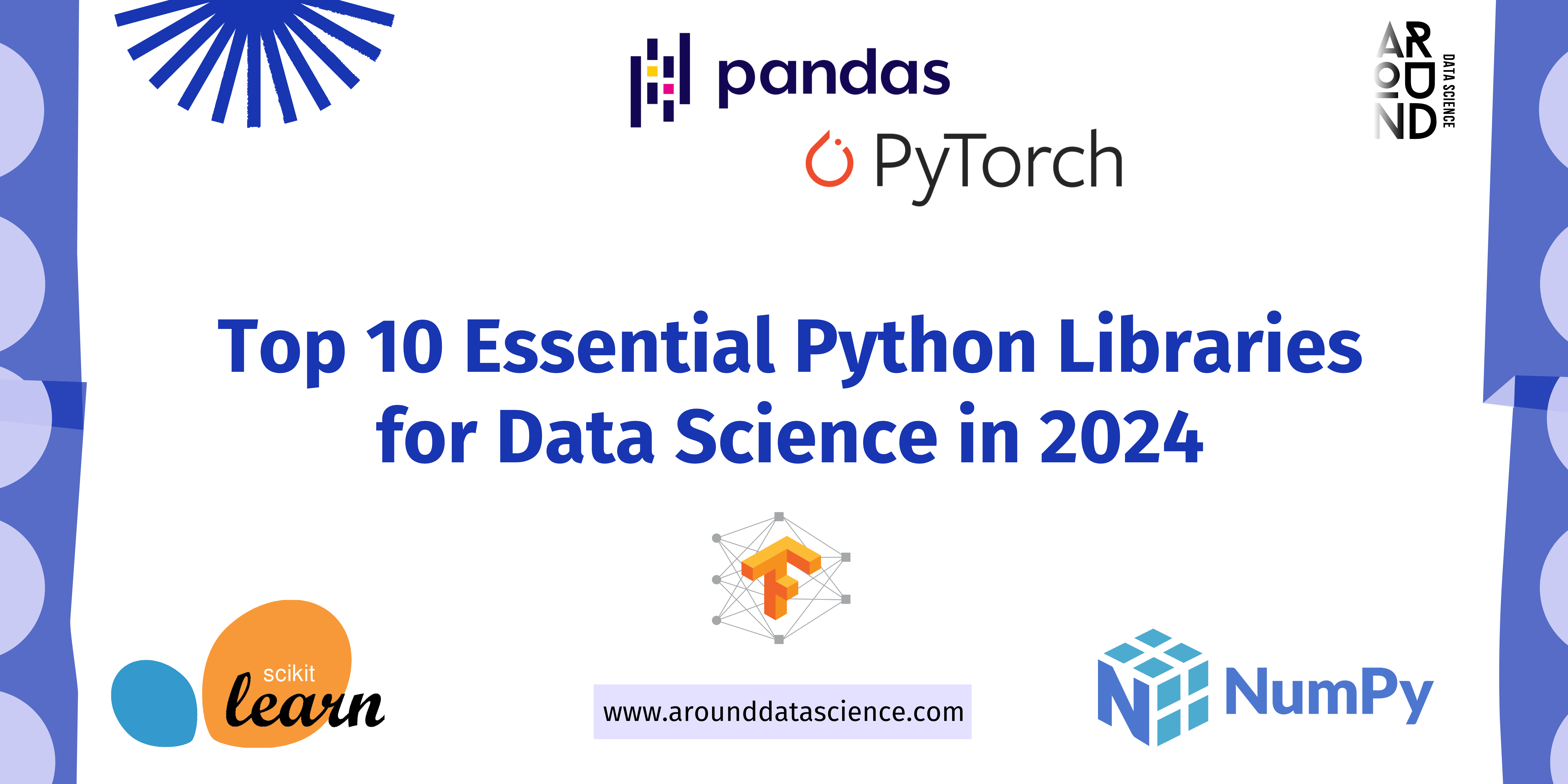



0 Comments